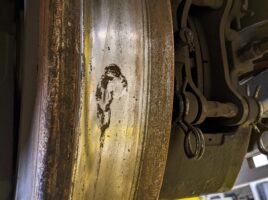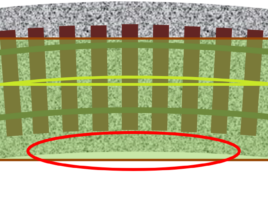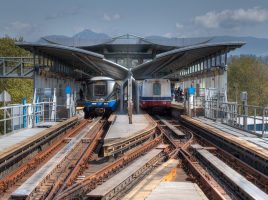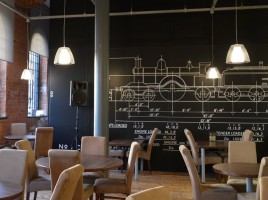
Vehicle Design: Managing Wheel/Rail-Generated Noise and Vibration from the Ground Up (Part 2)
By Jeff Tuzik This article was originally published in Mass Transit (June 2024) in conjunction with the annual Wheel/Rail Interaction Rail Transit conference. In part 1 of this article, a group of experts, including a transit operator, three vehicle manufacturers, and a noise and vibration consultant, examined how to mitigate wheel/rail-generated noise at the …




